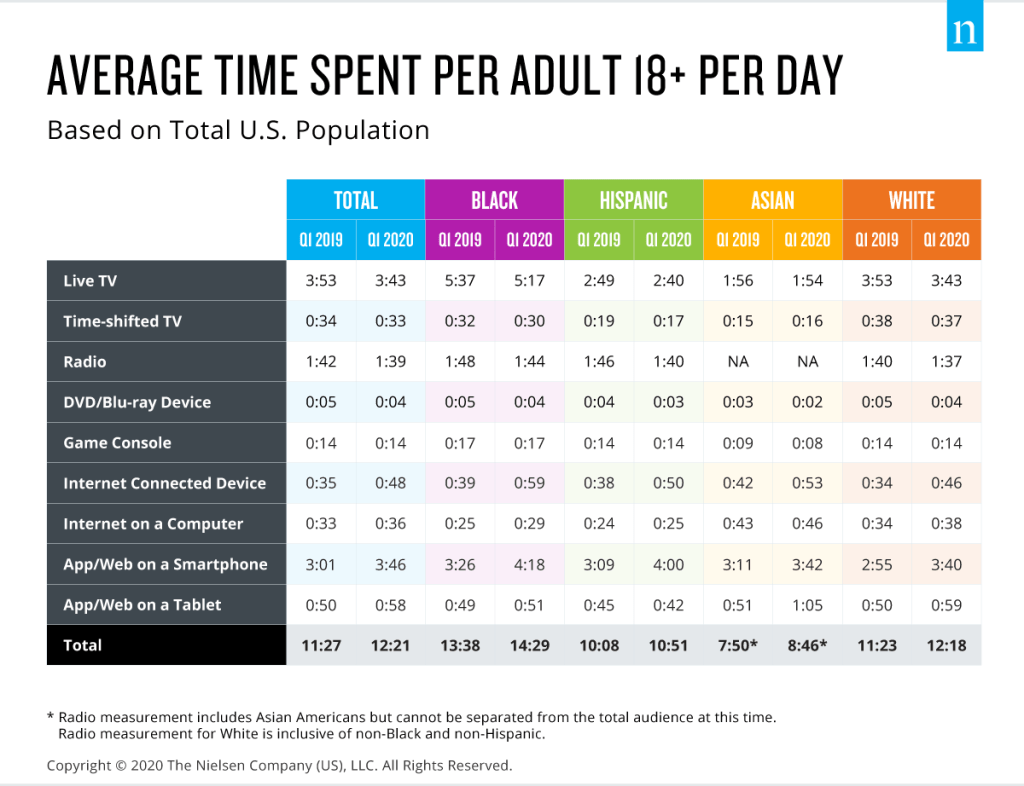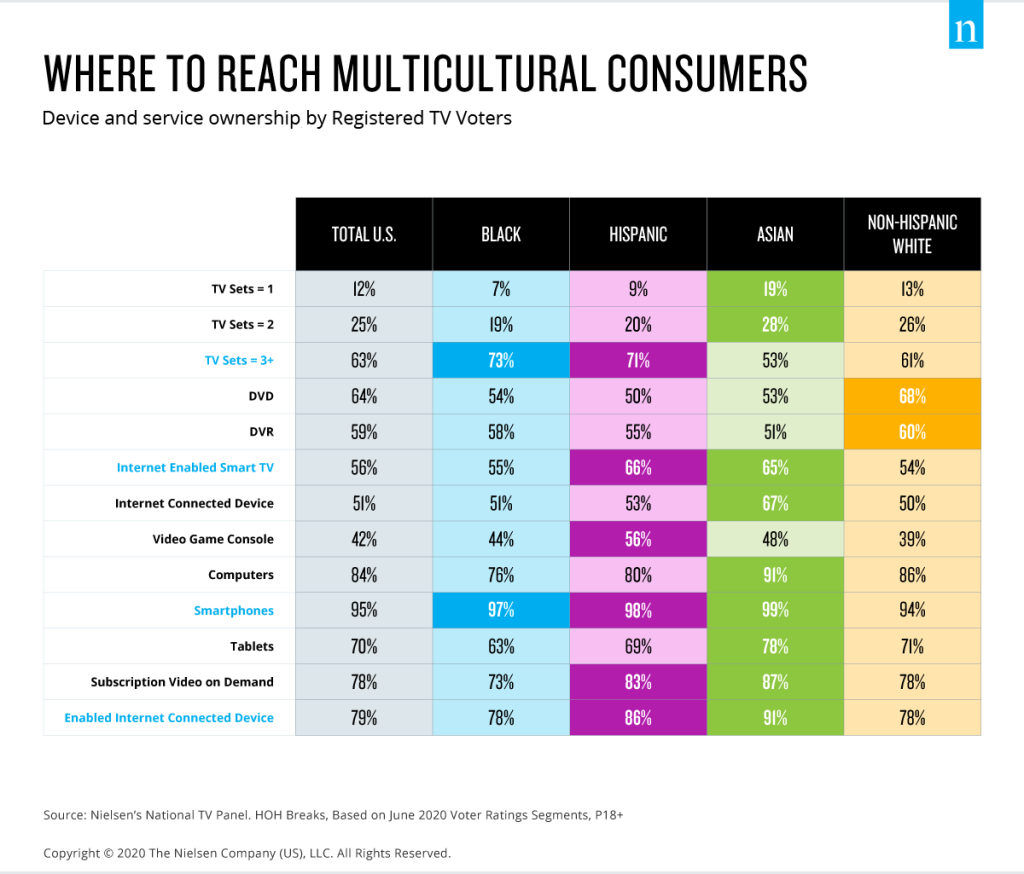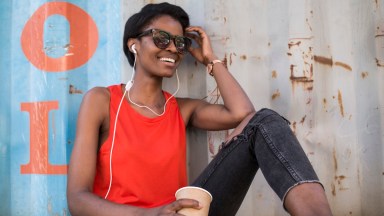As election night draws near in the U.S., political candidates will sharpen their messaging for the battlegrounds of the upcoming presidential and vice-presidential debates. With voting already underway in many states, Americans and pollsters alike will be asking the same question: “Who’s winning with which Americans?” And, perhaps more importantly, “Who will actually vote?”
However, unlike more recent second-term elections, the world Americans are living in is drastically different from the first-term election scenario of 2016. Major influences to consider include the economic and health impact of an unprecedented global pandemic, a shifting cultural landscape, civil unrest and a climate that has ushered in unrelenting wildfires and a busier-than-normal hurricane season that ran out of names for the actual storms themselves!
To add to this, voting demographics have shifted as well. According to the U.S. Census annual estimates, America’s 65 and older population grew by 13% between 2015 and 2019, which adds up to 49.4 million potential voters. Meanwhile, the age group newest to the voting population—those 18 to 24—dropped 5% to 23.3 million. Male, female and White voting-age populations have all remained relatively stable since the last presidential election; other multicultural groups have seen significant population shifts, particularly Asian Americans and those who identify as two or more races. Altogether, multicultural registered voters make up almost a third (29%) of all voters.
Historically speaking, White Americans are more likely to vote than any other ethnic demographic. Nearly a third are heavy voters, voting five to eight times over the last four general and primary elections, and an additional 53% are less frequent voters, voting one to four times in the same time period. Given this population also makes up the majority 71% of the registered voters, their influence in the polls is significant.
The question becomes: If voting-age populations have shifted for multicultural voters, how many will wield their voting power?
Take into account societal unrest that could influence Black Americans and Hispanics more than other populations and which could have an impact on voter turnout. Black Americans are the most likely, after White Americans, to take to the polls, with a 25% heavy voter population. For political parties looking to boost voter participation, multicultural Americans offer the greatest opportunity: Nearly one in four have never voted, and 56% of Hispanic and Portuguese and East and South Asian Americans are infrequent voters.
Unlike White Americans, whose party lines are more evenly distributed, registered multicultural voters, particularly those who L2, a voter mapping and demographic company, defines as likely African-American or Hispanic and Portuguese, are significantly more likely to identify as Democrats.
MEDIA CONSUMPTION OF MULTICULTURAL VOTERS
Media measurement continues to show that media habits vary across multicultural viewers, which means that reaching multicultural Americans requires a varied omnichannel approach.
When it comes to mass media like television, political advertisers should keep in mind that Asian Americans tend to have fewer TVs per household and watch less TV per day—just two hours. Instead, these households are more likely to pick up and spend time using the internet on a computer than any other race. They over-index on device ownership of other, smaller screens such as tablets, computers and smartphones. In total, they spend nearly 6 and a half hours on Internet connected devices, using the internet on a computer, and using apps or the web on a smartphone or tablet, according to the latest Nielsen Total Audience Report.

In contrast, Black Americans are most likely to have three or more television sets and spent over 5 hours per day watching television in the first quarter of 2020, the most of any multicultural viewer. Hispanics are also highly likely to own multiple television sets, but they spend less time on them than Black and White Americans, watching an average of fewer than 3 hours of television per day.
The average time spent on the radio for Blacks and Hispanic Americans is comparable, but radio’s reach is significantly stronger for the latter. In Q1 2020, the weekly reach among users 18+ for Hispanics was 95% versus 91% of Black Americans.
Both Blacks and Hispanic groups are also highly digitally connected and are spending more time than Asian and White Americans on their smartphone. They’re averaging nearly 6 to 6.5 hours per day on internet-connected devices, the internet on a computer, and using apps or the web on a smartphone or tablet.
Smart marketers will consider preferred channels and the current challenges each group is facing, using the differences in device adoption and programming to connect, rather than bombard audiences with untailored political messaging.

VISIT THE ELECTION HUB
For more current and historical TV ratings for election events and voter data



